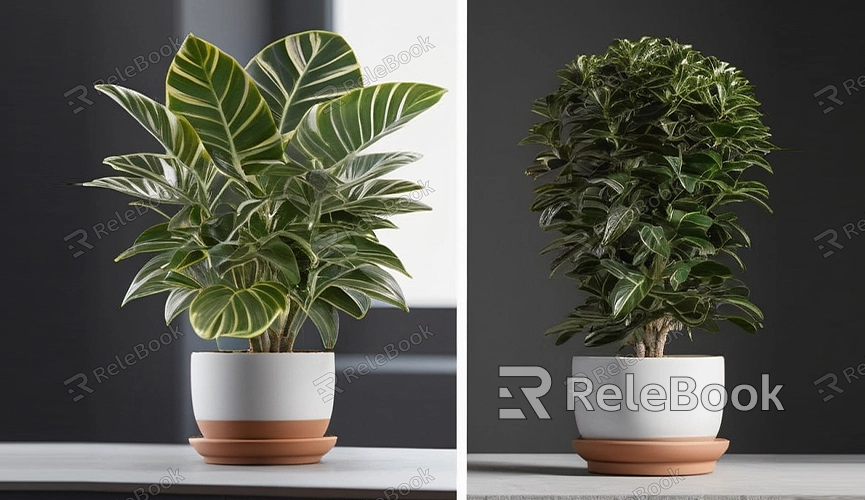How to Use GPU to Render in Blender
Blender is a powerful 3D modeling and rendering software, widely used in animation, game development, and visual effects for film and television. To enhance rendering speed, many users opt to render with a GPU (Graphics Processing Unit). Compared to CPU rendering, GPU rendering can significantly reduce rendering time and improve work efficiency. This article will provide a detailed guide on how to render using a GPU in Blender.
Why Choose GPU Rendering?
When performing complex 3D rendering, CPU rendering, while capable of handling fine calculations, is slower. In contrast, GPUs have numerous parallel processing units that can handle multiple rendering tasks simultaneously, thereby significantly increasing rendering speed. Therefore, for tasks requiring extensive rendering, using a GPU for rendering is a wise choice.

Prerequisites for GPU Rendering
Before you start rendering with a GPU, ensure that your computer meets the following conditions:
1. GPU Support: Make sure your graphics card supports GPU rendering. Currently, many graphics cards from NVIDIA and AMD support GPU rendering.
2. Latest Drivers: Install the latest drivers for your graphics card to ensure optimal performance and compatibility.
3. Blender Version: Ensure you are using the latest version of Blender, as it usually includes performance optimizations and bug fixes.
How to Enable GPU Rendering in Blender
Here are the detailed steps to enable GPU rendering:
1. Open Blender and Access Preferences
Launch Blender, click on "Edit" in the top menu bar, and select "Preferences." In the window that appears, click on the "System" tab on the left.
2. Choose the Appropriate Computing Device
In the "System" tab, you will find the "Cycles Render Devices" option. Here, you can choose to render with either the CPU or the GPU. Select "CUDA" or "OptiX" (for NVIDIA cards) or "OpenCL" (for AMD cards). If you have multiple graphics cards installed, you can also choose which one to use for rendering.
3. Set the Rendering Device
After selecting the type of GPU, click the "Save Preferences" button. Then close the Preferences window and return to the main Blender interface.
4. Enable GPU Rendering
In the main interface, switch to the "Render Properties" panel (the camera icon on the right panel). In the "Render Engine" option, select the "Cycles" renderer. Then, in the "Device" option, choose "GPU Compute." At this point, Blender will use the GPU for rendering.
5. Start Rendering
Once all settings are complete, you can start rendering with the GPU. Click on "Render" in the top menu bar and select "Render Image" or "Render Animation." Blender will use the GPU to accelerate the rendering process.
Optimizing GPU Rendering Performance
To achieve the best rendering results and speed, consider the following optimization measures:
1. Adjust the Number of Samples: In the "Render Properties" panel, adjust the rendering sample count appropriately. A higher sample count improves image quality but also increases rendering time. Find the right balance based on your needs.
2. Use a Denoiser: Enable Blender's built-in denoiser to reduce rendering time while maintaining image quality.
3. Optimize the Scene: Simplify models and materials in the scene, avoiding overly complex geometry and textures to reduce the rendering burden.
4. Manage VRAM: Keep an eye on VRAM usage to avoid exceeding the graphics card's memory capacity, which could lead to rendering failure or decreased performance.
By following these steps, you can easily enable GPU rendering in Blender, significantly improving rendering speed and efficiency. Whether for animation production, game development, or visual effects, GPU rendering is a powerful and efficient tool. It is hoped that this article will help you successfully use GPU rendering in Blender. If you need many high-quality 3D textures and HDRIs, or 3D model downloads when creating models and virtual scenes, you can download them from Relebook. After downloading, simply import the textures and 3D models directly into your model for use.

